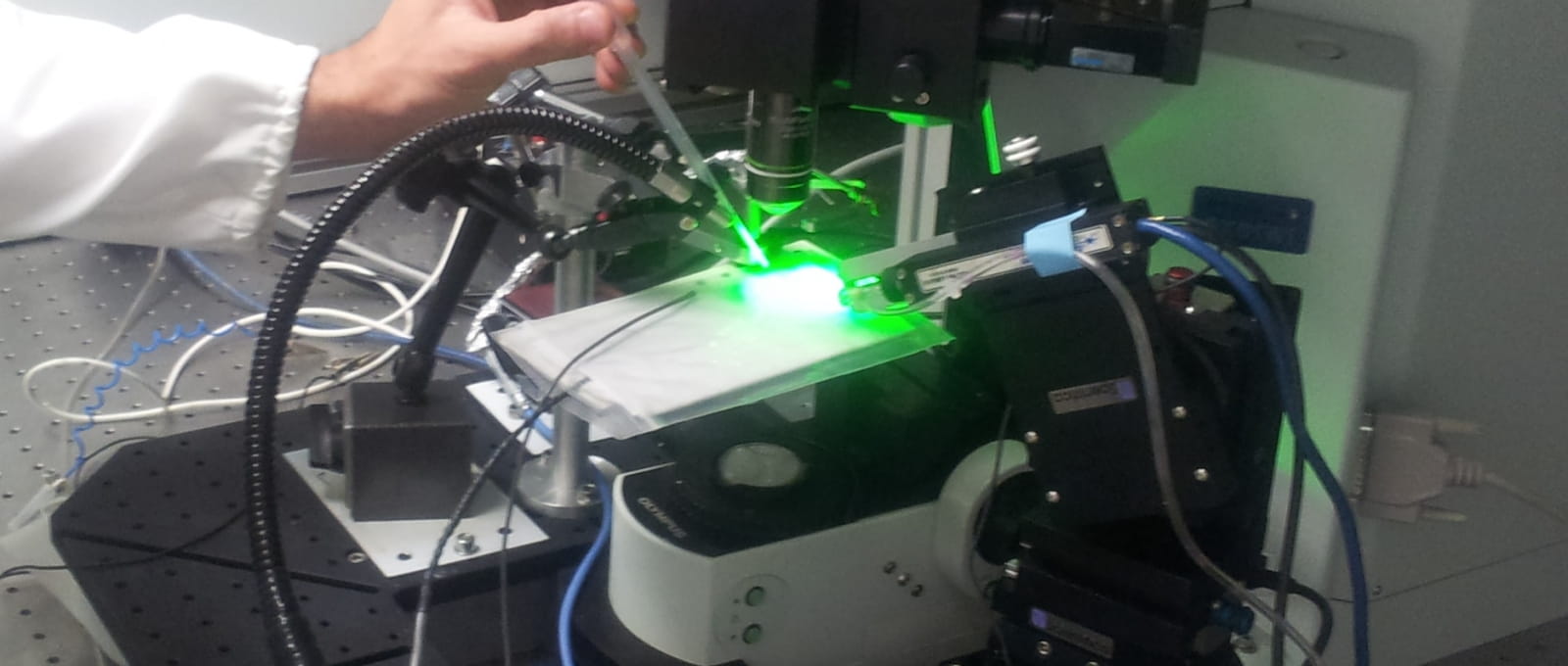Description de la soumission d'un avis

Timone Neuroscience Institute

- MRS: Movement Rhythm and Spasticity
- NET: Neuroengineering and Technology
- CoMCo: Cognitive Motor control
- NeOpTo: Neuronal Operations in Topographic maps
- INVIBE: Inference in Visual Behaviors
- BaNCo: Bases Neurales de la Communication
- CoPhyBaG: Cognition and Physiopathology in the Basal Ganglia
- SONIC: Social cognition and Connectomics
- CANOP:Cognition Affective Neurodéveloppement Ontongénèse Psychiatrie
- MeCA: methods and Computational Anatomy
- SpiCCI: Spinal Cord and CSF Interface
- SANE: Systems Approaches to Neuronal Excitability
- BRAINETS: Brain networks
The Institut de Neurosciences de la Timone (INT, UMR7289) is a prominent research institute within Aix-Marseille University and CNRS, located in the Timone campus (Marseille). Created in 2012, INT was founded with the core idea to cover a few Central Nervous System (CNS) functions, now organized in two thematic axes: dynamic sensory and motor functions, and adaptive responses to environmental changes. INT is rich and diverse with 13 dynamic teams covering different approaches (neurobiological, integrative & cognitive neuroscience), using a variety of experimental models (rodents, non-human primates & human subjects), in both healthy and pathological conditions.
This exploration extends across three main structures of the central nervous system: the spinal, cortical & basal ganglia networks. One of the main objectives of INT is now to launch ambitious collaborative projects to study CNS functions across scales, structures, approaches and models. To reach this goal, INT relies on state-of-the-art technology grounded in theoretical principles, facilitated by its interdisciplinary centers: The NeuroTechCenter to develop and use advancing electrophysiological or photonics techniques, and the CoNeCT center to anchor our projects in computational and theoretical neurosciences. Moreover, INT benefits from well-structured facilities , including: support teams for administration and computer resources, sharing technical expertise in neurobiology, neurosurgery and instrumentation, and functional exploration of the nervous system, such as MRI and photonics.
Pictures from the INT laboratory



Research Teams
Discover INT’s 13 interdisciplinary teams working on the multi-scale dynamics of neural networks in a functional context and the development of the brain and cognition.
MRS: Movement Rhythm and Spasticity
DescriptionFrédéric Brocard
- Motor Systems
- Sensory Systems
NET: Neuroengineering and Technology
DescriptionFind out more, click on the following link: here
Rod O'Connor
CoMCo: Cognitive Motor control
DescriptionFind out more, click on the following link: here
Bjørg Kilavik & Thomas Brochier
NeOpTo: Neuronal Operations in Topographic maps
DescriptionFind out more, click on the following link: here
Sophie Denève & Frédéric Chavane
INVIBE: Inference in Visual Behaviors
DescriptionFind out more, click on the following link: here
Guillaume Masson
BaNCo: Bases Neurales de la Communication
DescriptionFind out more, click on the following link: here
Pascal Belin
- Motor Systems
- Novel Methods And Technology Development
- Sensory Systems
CoPhyBaG: Cognition and Physiopathology in the Basal Ganglia
DescriptionFind out more, click on the following link: here
Christelle Baunez
SONIC: Social cognition and Connectomics
DescriptionFind out more, click on the following link: here
Eduardo Gascon
CANOP:Cognition Affective Neurodéveloppement Ontongénèse Psychiatrie
DescriptionFind out more, click on the following link: here
Christine Deruelle
MeCA: methods and Computational Anatomy
DescriptionFind out more, click on the following link: here
Olivier Coulon
SpiCCI: Spinal Cord and CSF Interface
DescriptionFind out more, click on the following link: here
Nicolas Wanaverebecq
SANE: Systems Approaches to Neuronal Excitability
DescriptionFind out more, click on the following link: here
Jean-Marc Goaillard
BRAINETS: Brain networks
DescriptionFind out more, click on the following link: here
Andrea Brovelli


